Arduino is a project, open-source hardware, and software platform used to design and build electronic devices. It designs and manufactures microcontroller kits and single-board interfaces for building electronics projects.
What is Arduino?
It is a software as well as hardware platform that helps in making electronic projects. It is an open source platform and has a variety of controllers and microprocessors. There are various types of this boards used for various purposes.
Features of Arduino
The features of this are listed below:
- It’s programming is a simplified version of C++, which makes the learning process easy.
- The Arduino IDE is used to control the functions of boards. It further sends the set of specifications to the microcontroller.
- It’s does not need an extra board or piece to load new code.
- Its can read analog and digital input signals.
- The hardware and software platform is easy to use and implement.
History
The project began in the Interaction Design Institute in Ivrea, Italy. Under the supervision of Casey Reas and Massimo Banzi, the Hernando Bar in 2003 created the Wiring (a development platform). It was considered as the master thesis project at IDII. The Wiring platform includes the PCB (Printed Circuit Board). The PCB is operated with the ATmega168 Microcontroller.
The ATmega168 Microcontroller was an IDE. It was based on the library and processing functions, which are used to easily program the microcontroller.
In 2005, Massimo Banzi, David Cuartielles, David Mellis, and another IDII student supported the ATmega168 to the Wiring platform. They further named the project as Arduino.
The project of Arduino was started in 2005 for students in Ivrea, Italy. It aimed to provide an easy and low-cost method for hobbyists and professionals to interact with the environment using the actuators and the sensors. The beginner devices were simple motion detectors, robots, and thermostats.
In mid-2011, the estimated production of Arduino commercially was 300,000. In 2013, the Arduino boards in use were about 700,000.
Around April 2017, Massimo Banzi introduced the foundation of Arduino as the “new beginning for this”. In July 2017, Musto continued to pull many Open Source licenses and the code from the websites of the Arduino. In October 2017, It introduced its collaboration with the ARM Holdings. It continues to work with architectures and technology vendors.
Projects
Let’s consider a simple project of LED blink.
We need a software to install our sketch or code to the Arduino board. The LED will blink after the successful uploading of code. The software is called as Arduino IDE (Integrated Development Environment).
There are various projects created with the help of the Arduino. Some of the projects are listed below:
- Home Automation System using IOT (Internet of Things).
- Solar Power water trash collector.
- Fire Detector, etc.
Some projects require a list of components. So, for easy convenience and hands-on projects, there kits are available easily in market.
Arduino Kits
We can easily start with our electronics projects using the complete kit. It also helps us to create hand-on and engaging projects.
Some of the popular it’s kits are listed below:
- Arduino Starter kit
- Robot Linking UNO kit for learning
- Arduino UNO 3 Ultimate starter kit
- UNO Super starter kit
- Mega 2560 Starter Kit
Arduino IDE
The IDE makes the traditional projects even easier and simpler. The USB cable is used to load the program or sketch on the specific there board.
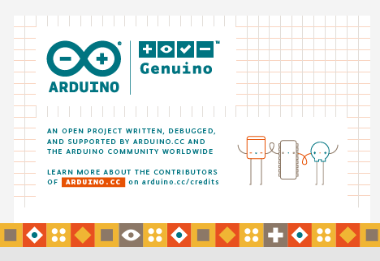
The IDE application is suitable for Windows, Mac OS X, and Linux. It supports the programming language C and C++. We need to connect the Genuino and Arduino board with the IDE to upload the sketch written in the Arduino IDE software.
Many other companies including Sparkfun Electronics, also make their own boards that are compatible with Arduino IDE.
Arduino Boards
There are variety of Arduino board used for different purposes. The board varies in I/O pins, size, etc. The various components present on the this boards are Microcontroller, Digital Input/Output pins, USB Interface and Connector, Analog Pins, Reset Button, Power button, LED’s, Crystal Oscillator, and Voltage Regulator. Some components may differ depending on the type of board.
Let’s discuss some of the popular it’s boards.
- Arduino UNO
- Arduino Nano
- Arduino Mega
- Arduino Due
- Arduino Bluetooth
Shields
- Shields are defined as the hardware device that can be mounted over the board to increase the capabilities of the projects.
- The shield is shown below:
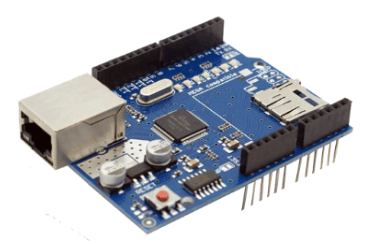
- The shield together with Arduino can make the projects even smarter and simpler. For example, Ethernet shields are used to connect the Arduino board to the Internet.
- The shields can be easily attached and detached from the Arduino board. It does not require any complex wiring.
Prerequisite
The requirement to learn Arduino is the basic knowledge of C and C++ programming language. A basic understanding of circuits, Microcontrollers, and Electronics is also essential.
Audience
The Arduino is intended for use by students, engineers, and hobbyists. The basic knowledge of electronic components and programming is required before beginning with the Arduino Tutorials.
For more know contact us.

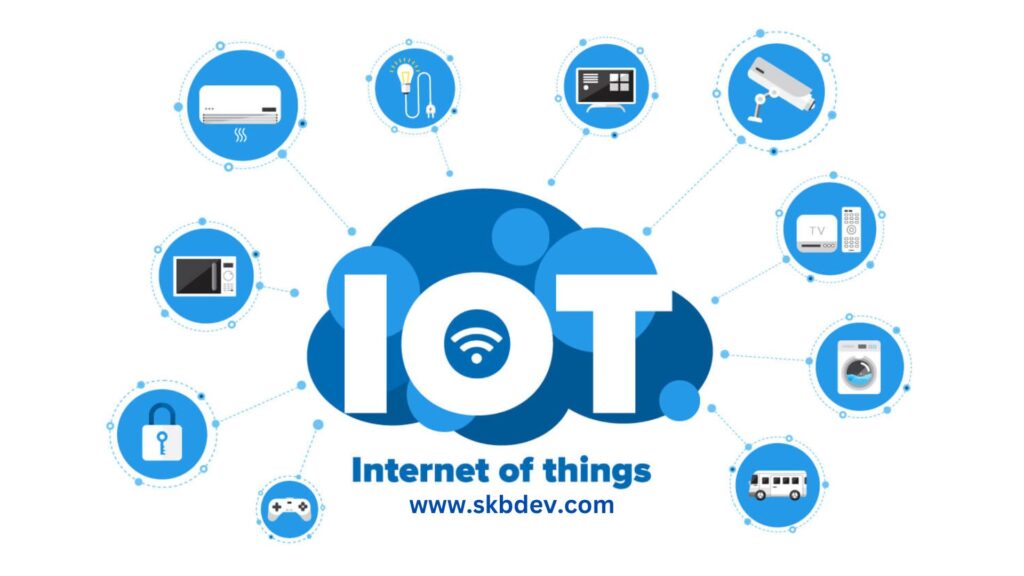
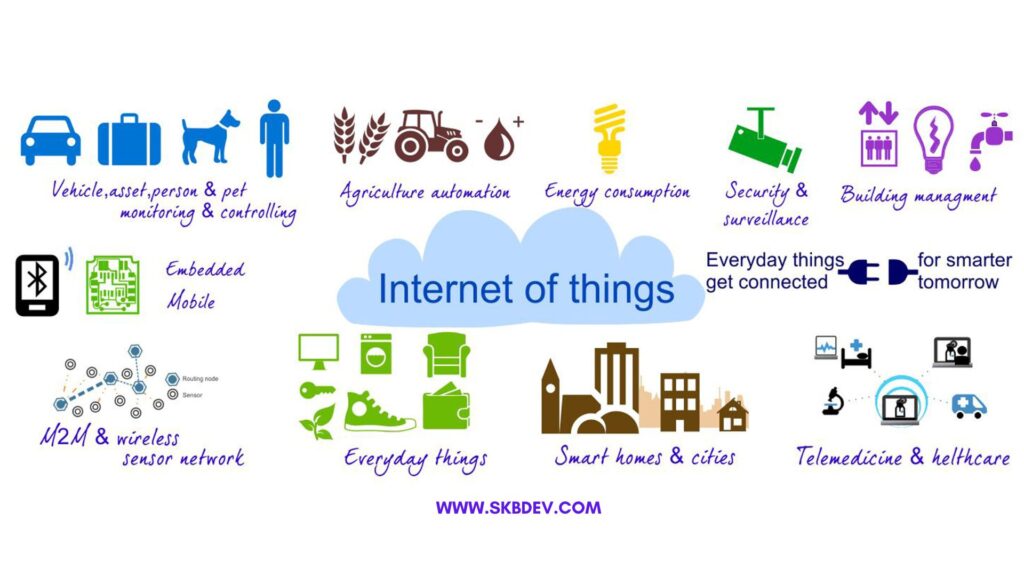
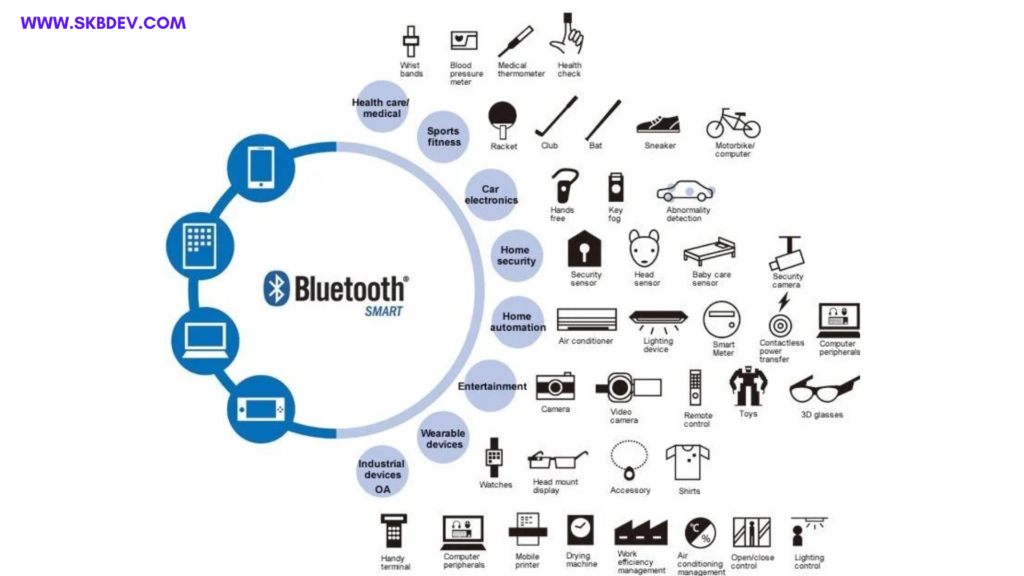
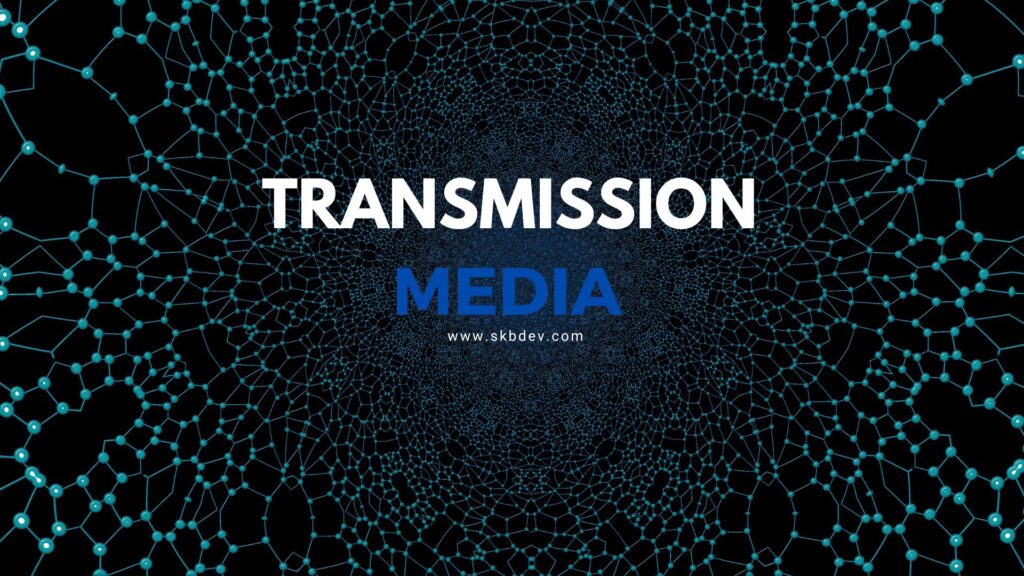
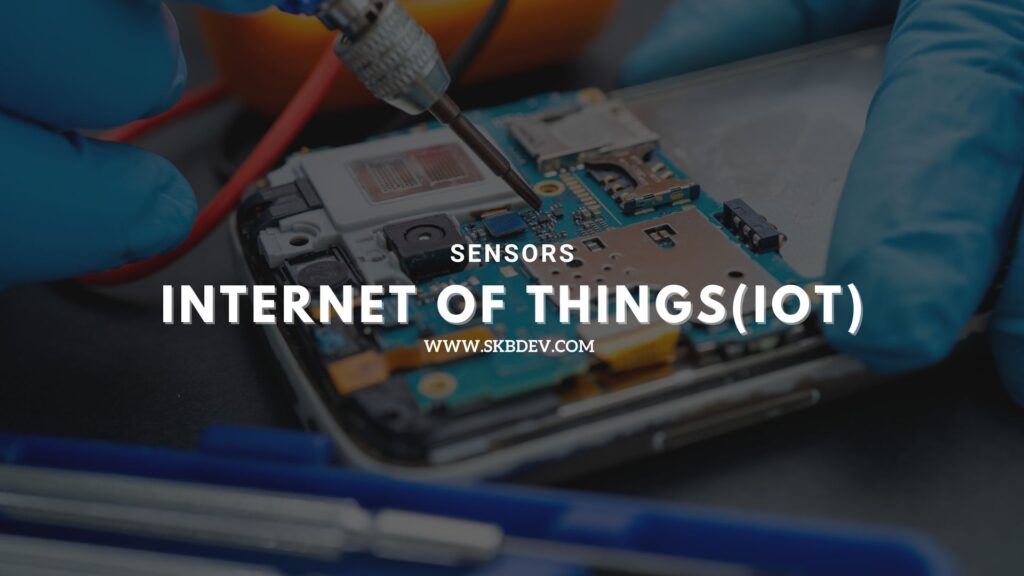

Your posts always provide me with a new perspective and encourage me to look at things differently Thank you for broadening my horizons
Your posts always provide me with a new perspective and encourage me to look at things differently Thank you for broadening my horizons
Your posts always provide me with a new perspective and encourage me to look at things differently Thank you for broadening my horizons
Your posts always provide me with a new perspective and encourage me to look at things differently Thank you for broadening my horizons
Zaproxy dolore alias impedit expedita quisquam.
This post is jam-packed with valuable information and I appreciate how well-organized and easy to follow it is Great job!
Sportsurge For the reason that the admin of this site is working, no uncertainty very quickly it will be renowned, due to its quality contents.